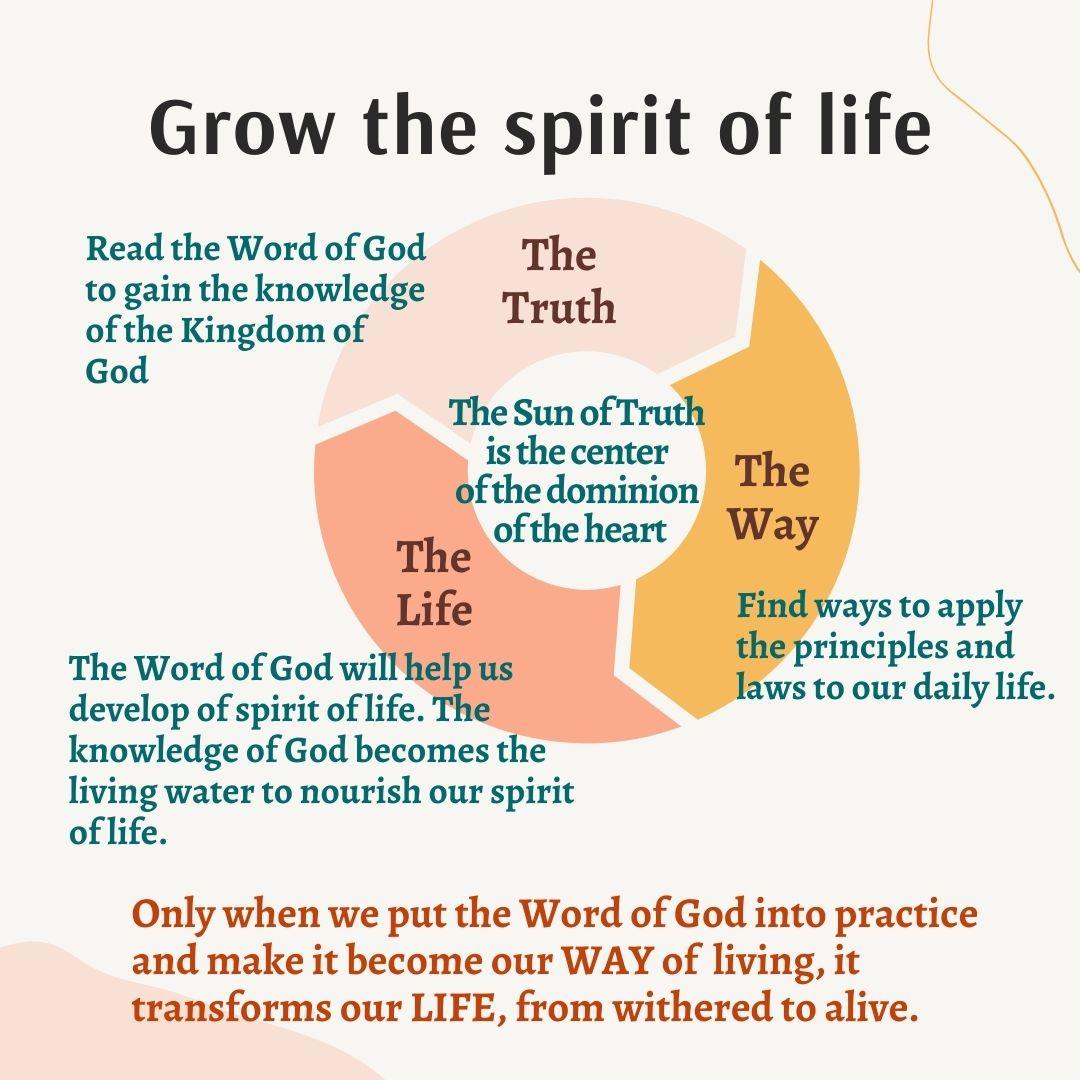In the rich tapestry of Bahá’í teachings, the concept of spiritual rebirth, or the “spiritual second birth,” is a transformative theme that resonates with the universal quest for deeper purpose and meaning. This journey is not merely an abstract notion but a profound series of stages that encourage individuals to navigate the intricacies of their spiritual landscape. The following delineates the Seven Steps to a Spiritual Second Birth, providing insight into the inner workings of this profound doctrine.
Step 1: Recognition of the Divine Manifestation
At the outset of this journey lies the pivotal recognition of the Divine Manifestation. This step entails acknowledging the existence of a guiding figure who represents the will and teachings of God. In the Bahá’í faith, Bahá’u’lláh is viewed as the latest of these Manifestations. Recognizing His role is crucial, as it ignites the spark of spiritual awakening within the seeker. This recognition compels an individual to explore the vast reservoir of teachings, encouraging a deep introspection and comprehension of one’s place in the cosmos.
Step 2: Seeking Knowledge and Understanding
Once the Divine Manifestation has been acknowledged, the next step involves an earnest quest for knowledge and understanding. This pursuit is not limited to the acquisition of facts about Bahá’í principles; rather, it extends to a deeper comprehension of spiritual truths that govern human existence. Engage in the study of sacred texts and the writings of the central figures of the faith. This intellectual endeavor fosters wisdom, allowing one to internalize teachings and manifest them in daily life.
Step 3: Reflection and Contemplation
The third step invites followers into a realm of reflection and contemplation. This stage is characterized by periods of solitude and meditation, where one can ponder the implications of spiritual teachings. Contemplative practices enable individuals to evaluate their thoughts, feelings, and actions in light of divine guidance. This introspective exercise fosters emotional maturity and spiritual insight, bridging the gap between knowledge and lived experience.
Step 4: Prayer and Devotion
Prayer serves as the cornerstone of the spiritual life in the Bahá’í faith. It is through sincere supplication and devotion that connections with the divine are nurtured. Engaging in prayer not only strengthens the bond with God but also facilitates an alignment of personal will with divine intention. Employ various forms of prayer, from vocal to meditative, to cultivate a deeper connection and to seek guidance for life’s numerous challenges.
Step 5: Application of Teachings in Everyday Life
The realization of spiritual insights must manifest in everyday actions. The fifth step emphasizes the practical application of Bahá’í teachings, transforming abstract principles into concrete behaviors. This trait necessitates the conscientious practice of virtues such as kindness, justice, and love in all interactions. By embodying these principles, the seeker becomes a beacon of light and inspiration to others, reflecting the transformative power of spiritual second birth.
Step 6: Service to Humanity
Central to the Bahá’í teaching is the imperative of service to humanity. The act of selfless service is not merely an activity; it is an expression of spiritual maturity and compassion. Engaging in community service, fostering social change, and uplifting the less fortunate crystallizes the understanding that true fulfillment emanates from contributing to collective wellbeing. As individuals commit to serving others, they simultaneously advance their own spiritual development, reinforcing the interconnectedness of all beings.
Step 7: Continuous Growth and Unfoldment
The final step in this transformative journey is the commitment to continuous growth and unfoldment. Spiritual development is not an isolated event but an ongoing process that demands ardent perseverance and an open heart. This step recognizes that the journey of the soul is eternal. Seek knowledge incessantly, embrace opportunities for personal and communal growth, and remain receptive to the lessons that life unfolds. Be aware that spiritual second birth is not confined to a singular moment but is manifested in evolving layers of understanding and action throughout one’s life.
In conclusion, the Seven Steps to a Spiritual Second Birth present a comprehensive framework within Bahá’í teachings that encourages deep reflection and meaningful action. Each step interconnects and builds upon the previous ones, illustrating the intricate nature of spiritual development. This enlightened path not only aspires for individual growth but also envisions a harmonious society where love, justice, and unity prevail. As adherents embark on this sacred journey, they engage with the collective hope of humanity—a hope for a world united in purpose and uplifted by spiritual consciousness.
